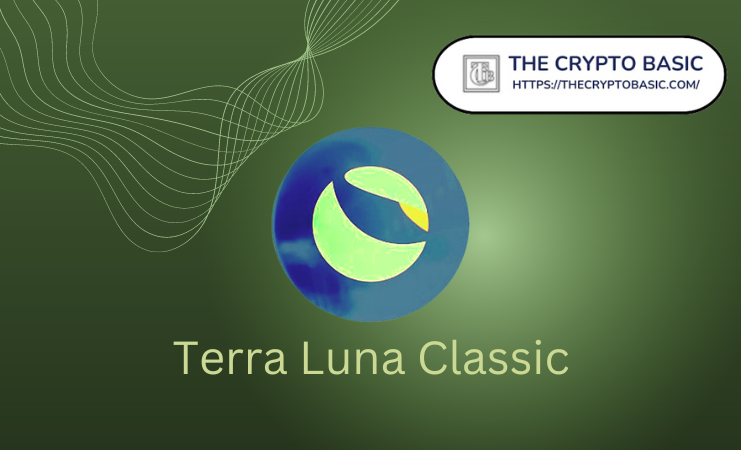The Terra Classic community has initiated a new proposal to rejuvenate the TerraClassicUSD (USTC) stablecoin and the LUNC tokens, seeking to push their value to $1.
The latest push comes as a proposal from dfunk, a prominent LUNC community figure. Details of the proposal were recently disclosed on the Terra Classic Commonwealth forum. Per the notification, the proposal focuses on safely re-enabling the market module.
Notably, this module had remained disabled since the unfortunate May 2022 events of the LUNC bank run (then LUNA) and USTC de-peg.
The proposed re-enabling of the market module includes a set of strategic adjustments to mitigate risks and enhance rewards. The identified risk includes the potential for LUNC and USTC supply to heighten through unintended minting of the two tokens.
Meanwhile, potential benefits include re-establishing the peg of USTC to $1 and restoring utility to the blockchain. Moreover, it could generate revenue by collecting spread fees from LUNC and USTC swaps, with the earned funds distributed to validators and delegates.
Proposed Changes
The first key change involves setting the Spread Fee to 98%. The proposal noted that this action would effectively peg USTC at $0.02. Notably, USTC currently trades for $0.0133.
Under this arrangement, each USTC swap generates $1 worth of LUNC. However, it is intended that only 2% of LUNC will be issued directly to the user’s wallet. The remaining 98% will be directed to the Oracle Pool, with a proposal to burn the funds instead of adding them to circulation.
In particular, the proposal suggested burning 100% of the Spread Fee instead of sending it to the Oracle Pool. It highlighted that minting 98% of LUNC in the Oracle Pools contradicts the community’s initiative to cut down the digital asset’s supply.
To address this concern, the proposal suggested redirecting the spread fee to the burn module instead of the Oracle Pool. Furthermore, the proposal recommended limiting the virtual liquidity pool size and increasing the recovery rate to address other potential risks associated with minting.
By reducing the base pool size and extending the recovery period, the community aims to ensure that the burning rate exceeds the replenishment rate, further minimizing risks.
As an additional safeguard, the proposal suggested implementing a hard cap on the maximum supply of LUNC and USTC.
DisClamier: This content is informational and should not be considered financial advice. The views expressed in this article may include the author's personal opinions and do not reflect The Crypto Basic opinion. Readers are encouraged to do thorough research before making any investment decisions. The Crypto Basic is not responsible for any financial losses.


